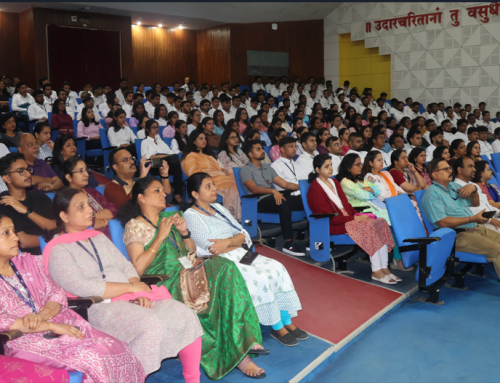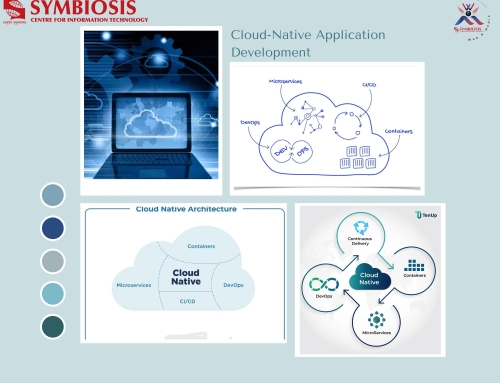Scrum vs Kanban: Choosing the Right Agile Methodology for Your Project

Success in the rapidly evolving field of software development depends on selecting the appropriate project management methodology. Agile approaches like Scrum and Kanban are well-liked and have become widely used because of their capacity to swiftly provide value to customers and adjust to changing requirements. Although flexibility, teamwork, and continuous improvement are the fundamental Agile concepts shared by both approaches, their structures and approaches to project management are different.
Kanban is a visual approach to project management that prioritizes constant movement. The workflow is represented by a Kanban board, where tasks are represented by cards that progress through different stages of completion. Teams can limit work in progress (WIP), find bottlenecks in their workflow, and improve workflow using this visual representation. Because of its adaptability, Kanban works effectively for projects with erratic tasks or changing requirements. With its more disciplined approach to project management, Scrum breaks work up into sprints, which are fixed-time iterations. Every sprint has a specific objective and a list of deliverables, which serves as a foundation for ongoing evaluation and development.
For teams that work best in a defined context, the roles, ceremonies, and artifacts that are part of Scrum offer a level of structure that can be advantageous.
In the end, the decision between Kanban and Scrum is based on the unique requirements of the team and the project. When you make your choice, take into account the following factors:
Project characteristics: Kanban’s flexibility can be a better fit if your project involves erratic work, changing requirements, or an ongoing need for adaptation. Scrum’s structured method can be more appropriate if your project requires frequent deliveries and has clearly stated requirements.
Team dynamics: Take into account the background, inclinations, and degree of structural comfort of your team. While Scrum’s structured approach may work better for teams that perform best in a well-defined environment, Kanban’s flexible nature may be more suited for groups that prefer a less rigid framework.
Project Goals: Scrum’s iterative methodology may be helpful if your main objectives are to regularly deliver functional software and get ongoing feedback. Kanban’s emphasis on continuous flow might be more appropriate if your objective is to better project efficiency overall, minimize work-in-progress, and optimize workflow.
Using an Agile methodology will help you reach your project goals, whether you go with Scrum or Kanban. These approaches encourage adaptability, flexibility, and continuous improvement, which helps teams successfully negotiate the fast-paced world of software development. You can choose the approach that will most effectively assist you on your path to project success by carefully evaluating the particular requirements of your project and the skills of your team.















